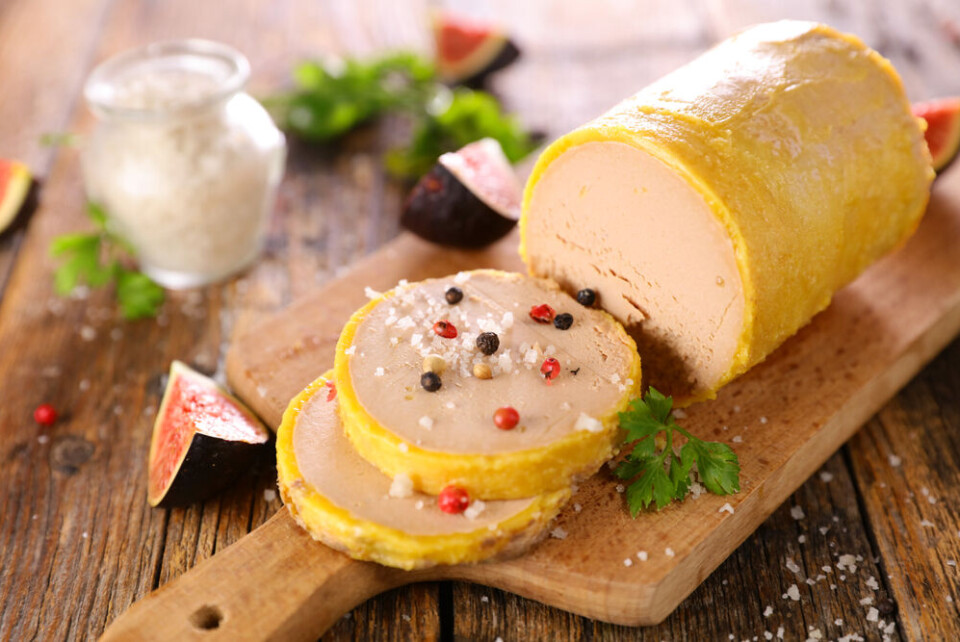-
Learning French: nouns that even native speakers commonly misgender
‘The struggle is real’, says our French writer Théophile Larcher - see if you can score higher than him in our mini quiz
-
French parliament to vote on law to offer €150 a month card for healthy food
The card would be intended to benefit consumers and farmers, and comes after successful trials of similar schemes in Bordeaux and Montpellier
-
Know your cheeses and their seasons: which to eat in France in February
Cow’s milk cheeses dominate as winter comes to an end
Day 3 of French regional Christmas specialities: Foie gras
This south-west delicacy takes up a fair amount of French people’s budget for the Christmas period

Every day from December 1-12, The Connexion will be sharing a French regional Christmas specialities.
Today we look at foie gras, a regional dish made in the south-west of France that is a common sight on a lot of French Christmas tables.
One of France’s signature Christmas dishes
There is no need to introduce foie gras to Connexion readers, as the duck liver favourite is considered to be one of many of France’s emblematic products.
It was included as part of France’s patrimoine culturel et gastronomique (cultural and gastronomic heritage) in 2005.
While producers argue for year-round consumption and see the delicacy as part of France's worldwide gastronomic reputation, the main foie gras season typically runs from September to March.
Producers make most of their sales during the Christmas season.
Foie gras is now among the ranks of AOP (Appellation d'Origine Protégée) and IGP (Indication Géographique Protégée) products – products registered in protected geographical appellations - and producers hotly compete for recognition and quality.
Read more: What are IGP/AOC/AOP labels on French products?
Likewise, chefs and recipes challenge themselves to include foie gras in new and creative ways in dishes each year; one interesting concoction included crême brulée with melted foie gras on top.
French people who buy it spent on average €29.43 on the dish during winter 2021, less than the €32.78 spent in the same time in 2019, according to the industry body the Comité interprofessionnel des palmipèdes à foie gras (Cifog) in the newspaper La France Agricole.
Producers have warned that production of the delicacy this year may struggle to keep up with stronger demand, despite a 20% increase in production compared with 2022. This means that readers who want to be sure to secure it should buy it earlier than the (most popular) last two weeks before Christmas’ Eve.
Prices are also likely to suffer from inflation in 2023, the Cifog said, and may rise by an estimated 5% year-on-year, reports BFMTV.
Despite its popularity in France, the product is controversial, and many detractors claim the product is made using methods that are too cruel.
Some major French cities – including Lyon – have banned the product at official events, and some households now shy away from the product.
Due to the controversy, there have been increasing efforts to make ‘cruelty free’, or even ‘vegan’ foie gras.
Related articles
Paris start-up develops cruelty-free, lab-grown foie gras
Day 1 of French regional Christmas specialities: Crépinettes
Day 2 of French regional Christmas specialities: Bredeles of Alsace
























